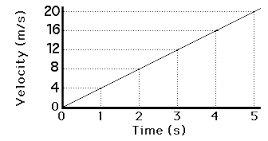Motion In Straight Line
Motion is the change of position of an object from one place to another. There are two types of motions; i.Circular motion-Is the motion of an object in a circle. Examples; a/. motion of the electron around the nucleus of an atom b/.revolutionary movement of the earth around the sun. ii.Linear motion-Is the motion of an object in a straight line.
The Concept of Gravitational Force
Explain the concept of gravitational force
The acceleration of a free falling body is known as the acceleration due to gravity denoted by g and controlled gy gravitational force of the earth.
When two bodies of different masses are released from a certain height h above the ground, they will reach the ground at different times with the heavier one reaching earlier before the lighter one.
The reason is that the air resistance is more effective on lighter bodies than in heavier bodies, consequently this affect acceleration due to gravity in a reverse manner.
But dropping a light object and a heavy object in a vacuum they will reach the ground at the same time due to the absence of air resistance effect.
Consider the following two cases;
Case I
Consider a body falling freely from a certain height h and uses time t to reach the ground.
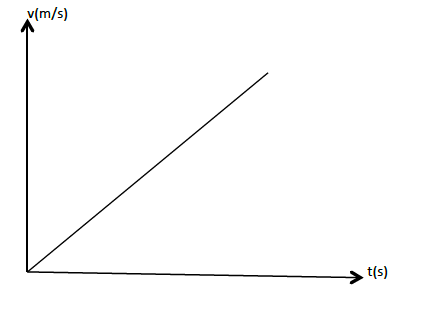
In this case: acceleration, a = acceleration due to gravity g
Initial velocity, u = 0
Final velocity, v.
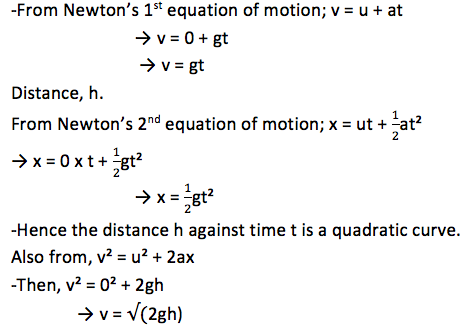
Case II
Consider a body thrown vertically upwards from the ground with an initial velocity u to a certain height h and then comes back to the ground after time t.
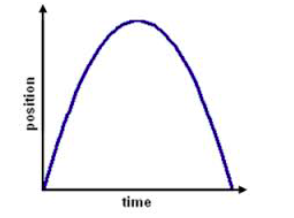
In this case;
- Acceleration, a = -g
- Initial velocity = u
- Velocity at h = 0
- Final velocity at the ground = v
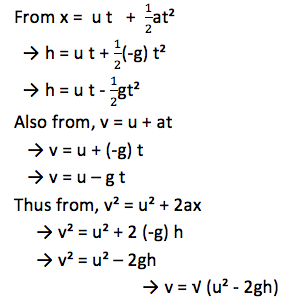
Acceleration due to Gravity
Determine acceleration due to gravity
A simple pendulum is a small heavy body suspended by a light inextensible string from a fixed support and it is normally used to determine acceleration due to gravity.
It is made by attaching a a long thread to a spherical ball called a pendulum bob. The string is held at a fixed at a fixed support like two pieces of wood held by a clamp and stand.
If the bob is slightly displaced to position B,it swings to and from going to C through O and back to B through O. When the pendulum complete one cycle/revolution the time taken is called the period of oscillation, T.
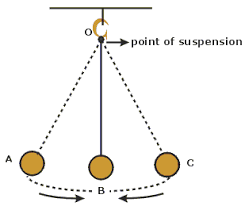
Definitions
- Period ,T is the time taken by the pendulum bob to complete one complete cycle.
- Angular displacement is the angle made between the string and the vertical axis when the bob is displaced to a maximum displacement.
- Amplitude is the maximum displacement by which the pendulum has been displaced.
- Length of pendulum is the length of the string from the point of attachment on the wooden pieces to the canterof gravity of the bob.
From the experiments, it has been observed that, changing the weight of the bob and keeping the same length of pendulum, the period is always constant provided that all swings are small though they may be different in size.
The period T of the pendulum is given by;

Where; l = length of pendulum; g = acceleration due to gravity
Also

It follows that if we plot a graph of l against T. it is going to be a straight line with a slope g/4Π2and y –intercept equal to 0.
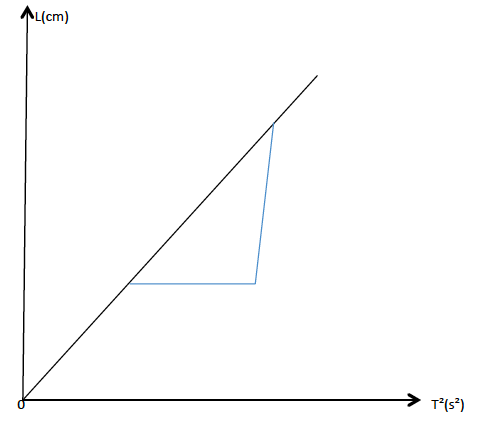
When the bob is raised to point B it will gain potential energy and the bob will swing due to the conservation of energy from potential to kinetic energy.
- At B and C all energy is P.E.
- At O all energy is K.E.
- P.E at B = K.E at O.
If the pendulum swung in vacuum the oscillations would have been continuous. But practically, air friction causes losses of energy of the pendulum bob. That is why after a certain time the oscillations cease.
The Application of Gravitational Force
Explain the application of gravitational force
Activity 2
Experiment
Aim: Determination of acceleration due to gravity by using the simple pendulum.
Materials and apparatus: A simple pendulum, stand, clamps and stop watch.
Procedures
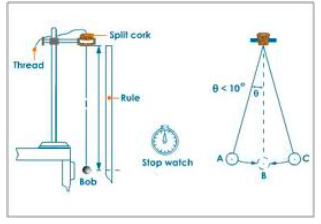
- Tie a piece of thread to a brass bob(about 100g)
- Suspend a bob with a thread between wooden pieces by clamping them on to a stand.
- Pull the bob slightly to one side and release the bob. Make sure the bob swings 50 complete oscillations.
- To be more accurate, perform three measurements for each length l of the pendulum.
- Repeat the procedures with l = 60cm and 50cm.
- Record the results as in the table below. -Plot the graph of l against T2
Results
| Length, l (cm) | Time for 50 oscillations. | T (s) | T² (s²) | |||
| t₁ (s) | t₂ (s) | t₃ (s) | Average(s) | |||
Observation
The graph obtained will be a straight line through the origin.
The slope of the graph is given by;
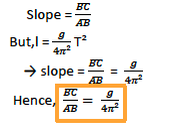
From this equation, the acceleration due to gravity can be computed easily.
ALL TOPICS
ALL TOPICS
NoTes

